When a small group of Coromandel locals got together in 2000, wanting to do something for the environment, they could little have imagined the sheer scale of conservation work being done by their members today. Sixteen years after the Moehau Environment Group (MEG) was first formed, the 100-strong group now works over a catchment area of 13,000 Ha – most of which is private land.
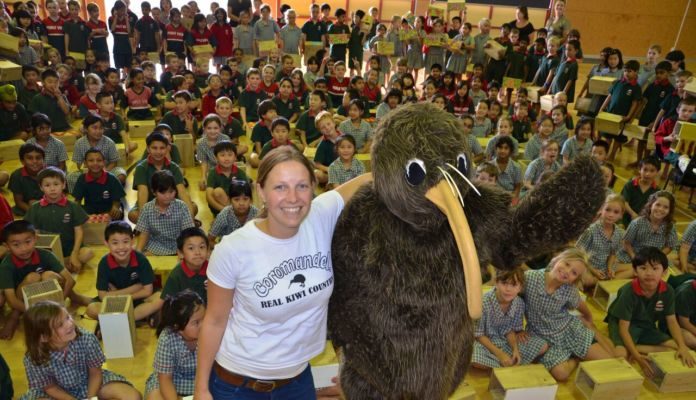
Members are mostly landowners and other locals keen to bring indigenous fauna back to the area. MEG works closely with over 430 landowners, other community conservation groups, DOC, the Waikato Regional Council, schools and Iwi.
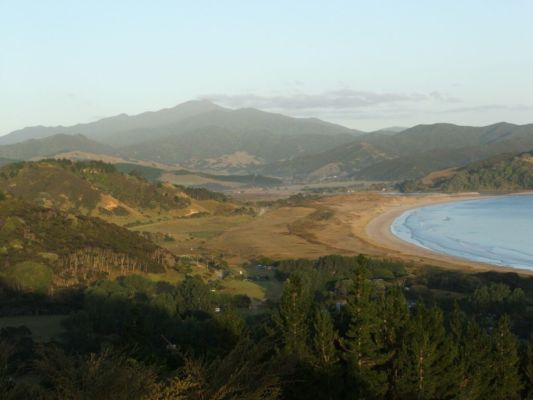
From the beginning, MEG was keen to reach out to and work with their community and today advocacy is a hugely important part of what they do. Over January, when summer holidaymakers flock to the Coromandel, there’s a full family-focussed summer programme on offer which includes nocturnal walks, kiwi encounters, boat trips to islands and even ‘gecko cuddling’. All proceeds from the volunteer-led summer programme go towards kiwi protection on the Coromandel.
There are nature-based activities and outings for adults and children and even the family pet isn’t forgotten. The free kiwi avoidance training course promoted in partnership with DOC each summer is not only popular – it is also an important way MEG can educate both owners and dogs. Dogs are the biggest threat to adult kiwi and MEG recommends that even previously trained dogs attend a refresher each summer to reinforce their kiwi aversion.
“It’s just one tool for dog-owners. The best way of keeping kiwi safe is still to keep your dog on a lead and out of kiwi zones,” says MEG Coordinator Natalie Collicott.
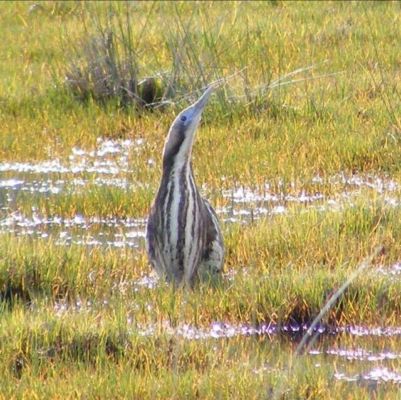
In winter, the visitors have mostly gone, but outreach and advocacy continues with school visits and the Winter Lecture Series where locals can get together by a cosy fire, discuss conservation issues and hear talks by lecturers as diverse as a deep-sea underwater robot operator, a seal and sealion expert from Otago University and a native frog expert from Victoria University in Wellington. Local experts share their knowledge too. On the evening of Monday 4 July, Kathi Parr and Wayne Todd, two long-standing MEG volunteers, will talk about how to identify birds through song and flight.
“MEG’s vision is for the Coromandel to be the largest open sanctuary in New Zealand, a place where locals and holiday makers can experience nature,” says Natalie, who began working for MEG in December 2011. The role is part-time and is funded through grants from DOC and Waikato Regional Council.
“My role involves running MEG’s advocacy programme, liaising with landowners and the wider community, volunteer coordination, and engaging children and youth through outreach to schools.”
Point View Middle School made rat traps to support MEG’s work. The traps will no doubt come in very handy for MEG’s Port Charles Rat Attack Project.
Begun in 2004, the Rat Attack aims to provide a safe breeding habitat for native birds that find it difficult to breed where rats are present. The block is now alive with bird song and home to many threatened species including pateke (native brown teal), kiwi and North Island robin (toutouwai). The project covers 350ha and involves 44 land owners. An impressive 2,400 rat traps are checked regularly and rat tracking has remained under 5% since the project began.
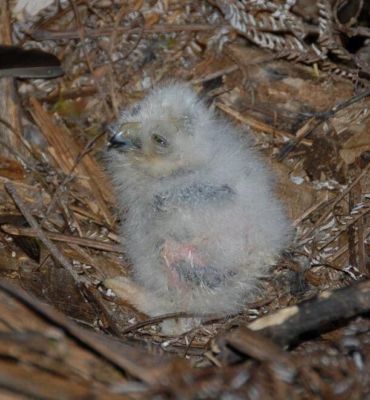
Having fewer rats around has also allowed some morepork to revert to their natural instincts and nest successfully on the ground, something typically only observed on predator free islands. Without rats devouring seeds and seedlings, the bush is regenerating too.
A local decline in fernbirds first inspired MEG to initiate work in the Waikawau Wetlands, an accessible intact wetland and estuarine system teeming with wildlife. Since predator control began in 2006 there have been incredible increases in fernbirds and other birdlife in the estuary – a clear sign of success! Bittern, which are extremely rare, are breeding within the wetland. The group have also been working alongside Waikato Regional Council to undertake weed control in the area, tackling the invasive saltwater paspallum and pampas.
Predator control is a big part of MEG’s wider conservation effort. Along with two rodent trapping blocks, the group services over 900 stoat traps within their protected kiwi zone, on land immediately south of the DOC Moehau Kiwi Sanctuary. While all other brown kiwi populations are declining in the wild, Coromandel brown kiwi are increasing in number thanks to the consistent efforts of local community groups and the Department of Conservation.
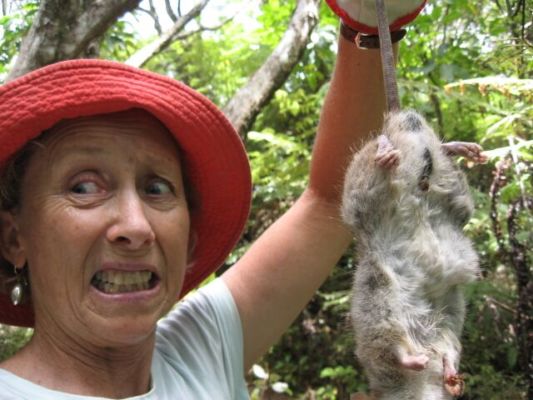
Possums were the first introduced pests to be targeted by the group after locals noticed the destruction being caused to coastal forest near Waikawau Bay. Three Possum control blocks have now been established with a field team employed to fill bait stations across large tracts of farmland and bush that buffer Mount Moehau.
Confidence and ambition within the group has grown over time, as small victories have instilled belief in the group’s capability. Today, the group’s pest control projects cover 13,500 Ha of land on the Northern Coromandel Peninsula.
“What excites me about MEG,” Natalie says, “is that their scope is wider than just their backyards. They are a small passionate group of volunteers which are making a large impact.”
That impact has included the recovery of many endangered species in the Northern Coromandel, including dramatic turnarounds for kiwi, fern birds, bittern, kaka, and spotless crake. A 2015 kiwi census confirmed that kiwi numbers had grown by 36% in the 10 years since their trapping programme began.
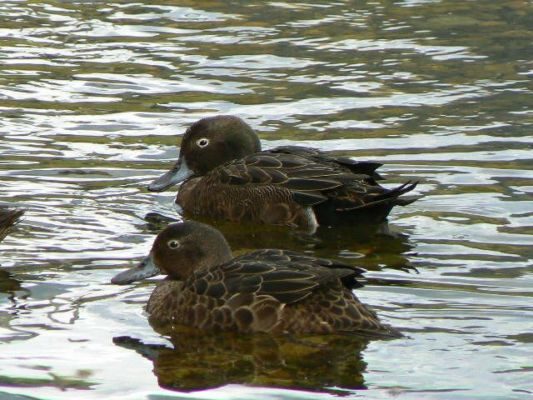
North Island robin and pateke (brown teal) have been reintroduced to the peninsula and both species are now breeding successfully. Since their release the pateke population has grown from 20 to over 400 – the most successful Pateke release project on the mainland of New Zealand.
In March this year, MEG was awarded a $366,000 grant over four years from Waikato Regional Council’s Natural heritage fund. It was the largest grant in the latest Natural Heritage funding round. With the $366,000 tagged for pest control in the north of the peninsula, the possums, rats and mustelids up Coromandel way won’t be getting a break any time soon.
If you would like to help with the work of the Moehau Environment Group, or learn more visit www.meg.org.nz

